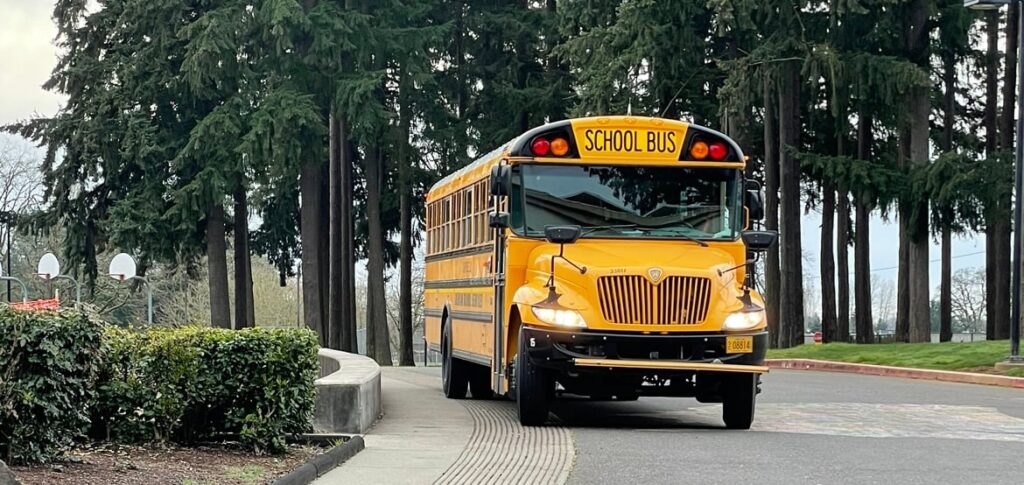OPINION: Improve education outcomes by removing barriers
Published 2:56 pm Thursday, October 2, 2025
The National Association of Education Progress annually releases a representative study of students’ academic performance. Known as “the Nation’s Report Card,” NAEP scores are an indicator of how much children are learning.
This fall’s report shows that only 24% of Oregon eighth graders are “at or above proficient” in math, and 27% are proficient in reading. Of Oregon’s fourth graders, 31% are proficient in math, 27% in reading. These scores are lower than the national average.
This isn’t a surprise. Money spent in the public education bureaucracy has increased for decades, but everyone knows academic achievement has declined. It’s no wonder polls show that strong majorities of voters, including poll respondents in Oregon, support “giving parents the right to use tax dollars designated for their child’s education to send their child to the school which best serves their needs.”
Oregon public schools can’t meet the needs of all children for reasons that are many and complex. But solutions can be simple, starting with freedom and opportunity. To improve education outcomes, policymakers should make it easier for parents to match their students with public, charter, magnet, online, private, home, or micro schools that best meet their needs and goals.
Parents want their children to learn, and they want access to schools that will help them do that effectively. Children deserve no less than a great environment to reach their full potential.
Kathryn Hickok is executive vice president at Cascade Policy Institute, Oregon’s free market public policy research organization and director of Cascade’s Children’s Scholarship Fund-Oregon program.

